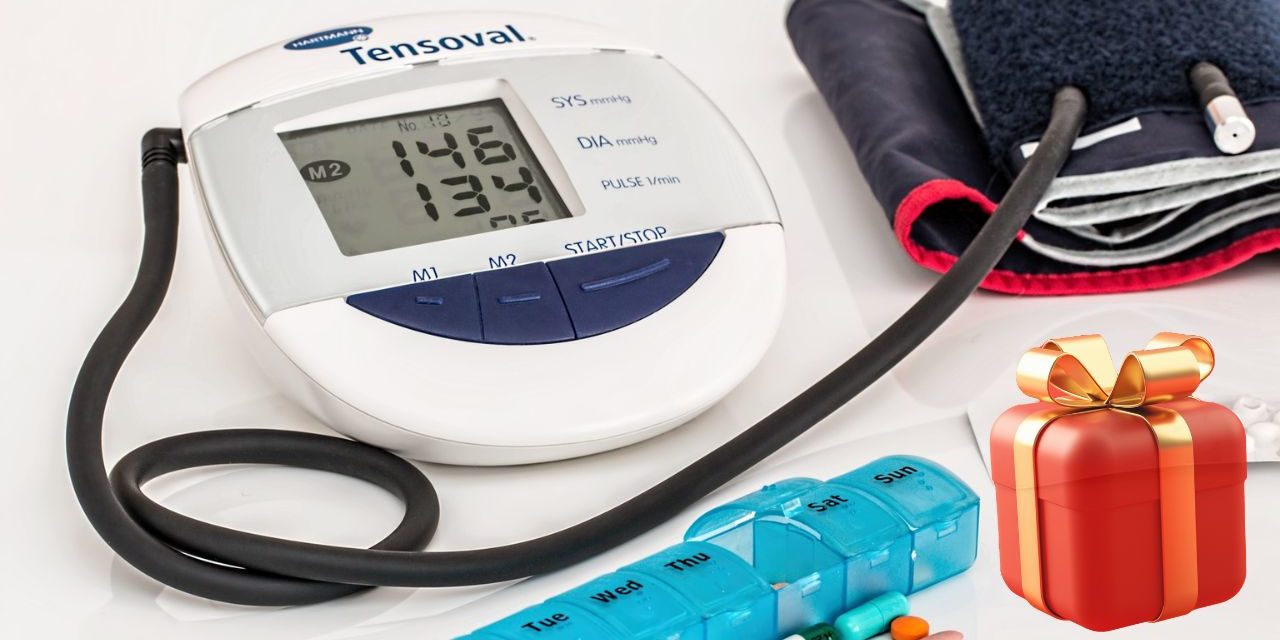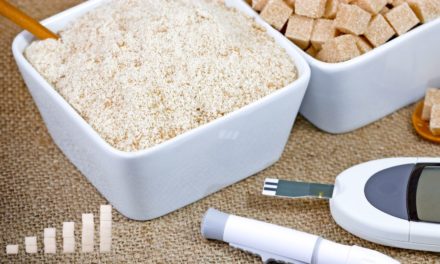The title “10 surprising low sugar symptoms” refers to a list of ten unexpected or lesser-known symptoms that can occur when an individual’s blood sugar levels are too low. Here is a detailed explanation:
1. Low blood sugar (hypoglycemia):
Low blood sugar occurs when the level of glucose in the bloodstream drops below normal. It can happen to people with diabetes who take insulin or certain medications, but it can also affect individuals without diabetes.
2. Shakiness and tremors:
One of the early signs of low blood sugar is shakiness or trembling. This can happen because the brain relies on glucose as its main source of energy, and when blood sugar levels drop, the brain may not function optimally.
3. Dizziness and lightheadedness:
Low blood sugar can cause feelings of dizziness or lightheadedness. This symptom occurs because the brain is not receiving enough glucose to function properly.
4. Sweating:
Sweating is another common symptom of low blood sugar. It can be the body’s way of trying to regulate blood sugar levels and restore balance.
5. Confusion and difficulty concentrating:
When blood sugar levels drop, cognitive function can be affected. This can lead to confusion, difficulty concentrating, and even memory problems.
6. Irritability and mood changes:
Low blood sugar can also impact a person’s mood. It may cause irritability, mood swings, and even feelings of anxiety or depression.
7. Hunger and cravings:
When blood sugar levels drop, the body may send signals of hunger and cravings in an attempt to increase glucose intake and raise blood sugar levels.
8. Headaches:
Headaches can be a symptom of low blood sugar. The reduced availability of glucose to the brain can trigger headaches or worsen existing ones.
9. Weakness and fatigue:
Low blood sugar can lead to feelings of weakness and fatigue. Without enough glucose to fuel the body’s cells, energy levels may drop.
10. Blurred vision:
In some cases, low blood sugar can cause blurred vision or difficulty focusing. This symptom usually resolves once blood sugar levels are restored to normal.
It’s important to note that these symptoms can vary from person to person, and the severity of symptoms may depend on how low the blood sugar levels drop and how quickly they drop. If you experience any of these symptoms or suspect low blood sugar, it is recommended to check your blood sugar levels and consult a healthcare professional for proper diagnosis and treatment.










